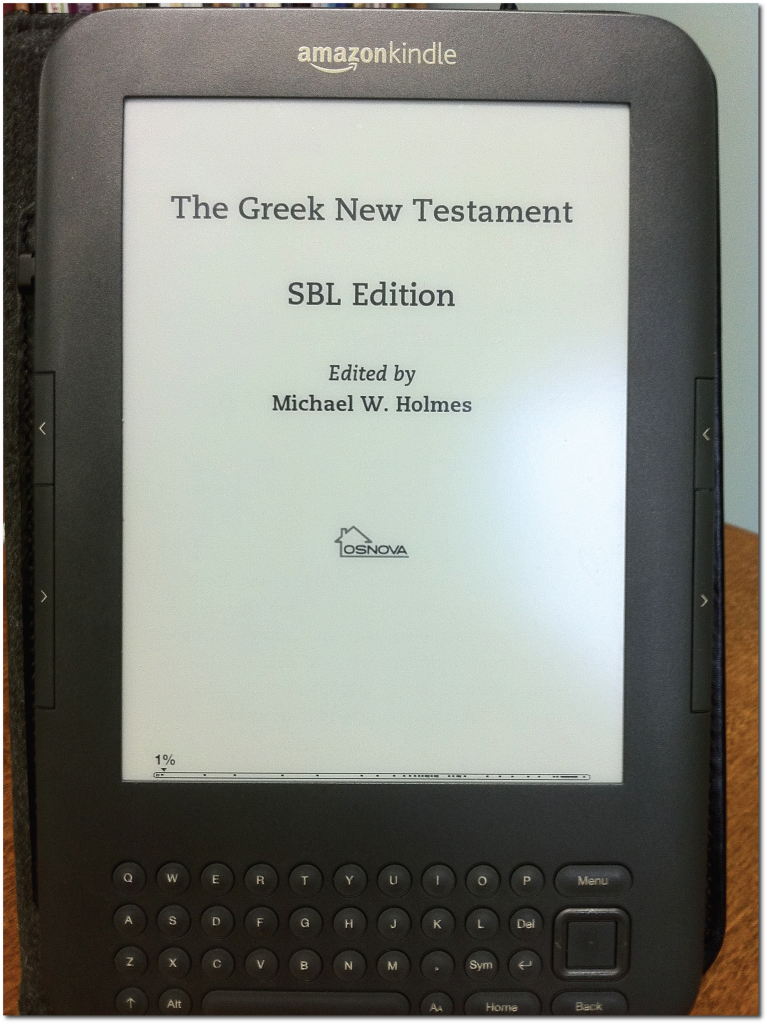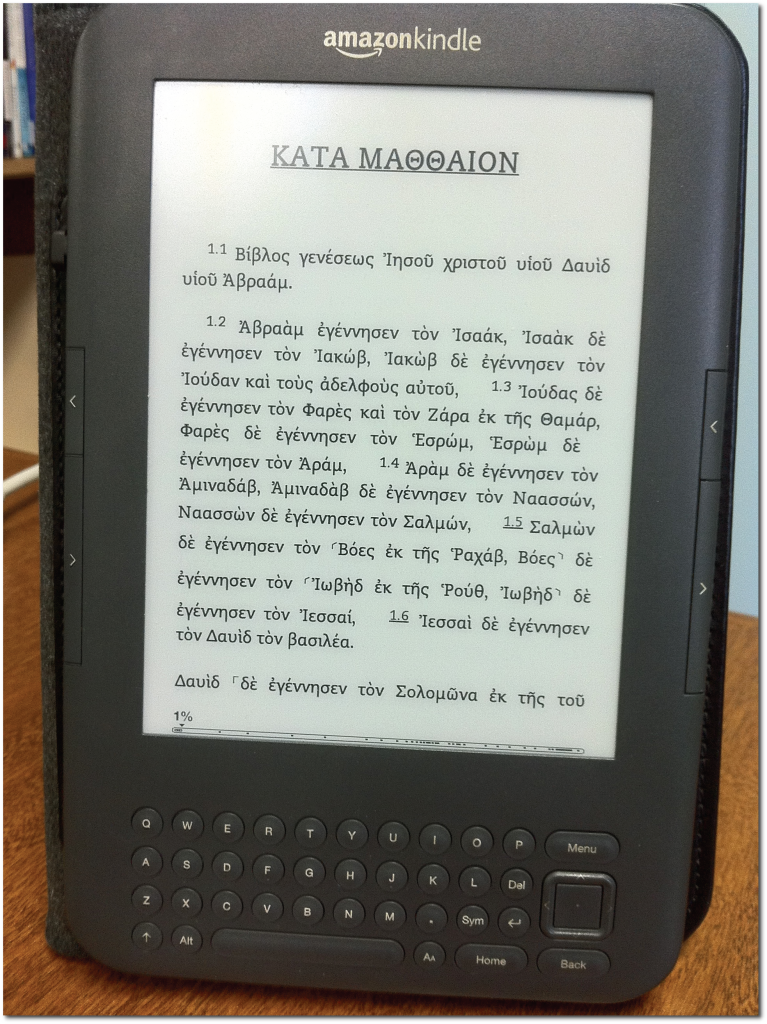No Blood Drawn at 2011 SBL Bible Software Shootout
 Tuesday, November 22, 2011 at 1:23AM
Tuesday, November 22, 2011 at 1:23AM Two years ago, the debates got pretty heated in the blogosphere following the first SBL Bible Software Shootout. I even decided to remove one of my posts from This Lamp because of the bickering, primarily in the comments. Therefore, it's worth noting that this year's Bible Software Shootout was fairly tame and even considerably more collegial.

From the very beginning this second round was purposefully designed to lessen any chance of animosity among proponents of one Bible software package over another. Rather than any overtly competitive theme, this year's challenge centered around how Bible software could be used in the classroom. Titled, "Bible Software Shootout 2: The Revenge of the Teacher," the session was framed in a mostly non-competitive agenda (despite words like shootout and revenge in the title):
Software vendors will showcase their products to demonstrate how their software is used by real teachers in the classroom, in course preparation, and in assignments. The program will explore how the various packages all contribute to the learning environment.
Originally, I was planning to offer detailed description and analysis of the event, but I do not believe I could better the account detailed by Mark Hoffman at the Biblical Studies and Technological Tools website, which I strongly recommend for your reading.
Three platforms were represented this year: Logos, Accordance, and Olive Tree's BibleReader. BibleWorks opted not to particpate, but I wish they had as I believe they would have performed well in this particular context.

Although the event was less overtly competitive, I could nonetheless offer value judgments if I wanted. However, such opinions tend to upset some people, so I'll keep them to myself (ask me privately if you're extremely curious). However, I will link to Roy Brown's 16-page handout (with screenshots) that serves as his presentation transcript for Accordance. If anyone knows of similar documents for the other presentations, let me know and I'll provide the links to those as well.
Full disclosure: I worked in the Accordance booth during SBL again this year.
Feel free to leave your questions, thoughts, comments and rebuttals below, but if folks get nasty this year, I'm not deleting the post; I'll only delete your comment.
 Accordance,
Accordance,  BibleReader,
BibleReader,  BibleWorks,
BibleWorks,  Logos,
Logos,  SBL in
SBL in  Faith & Reason,
Faith & Reason,  Technology
Technology 




